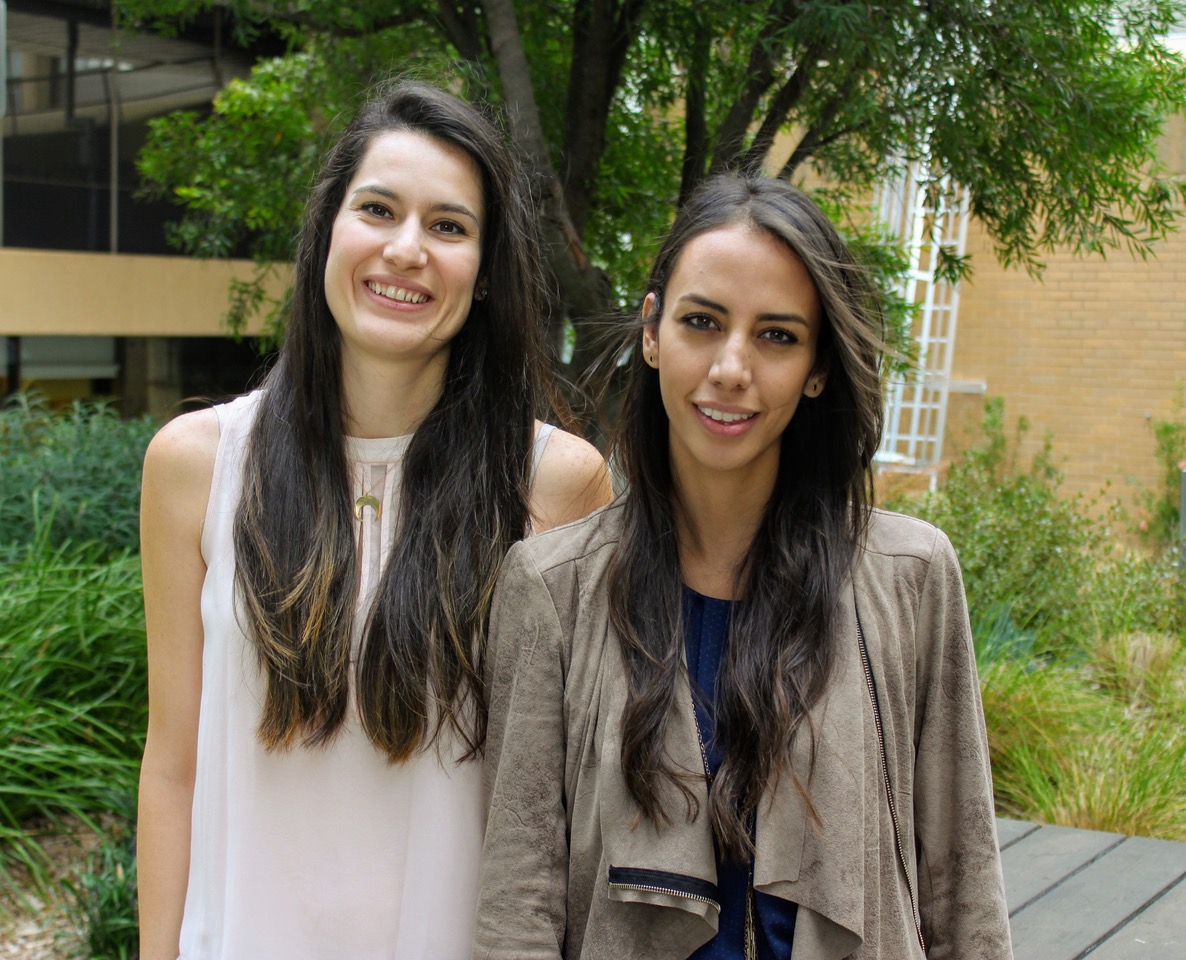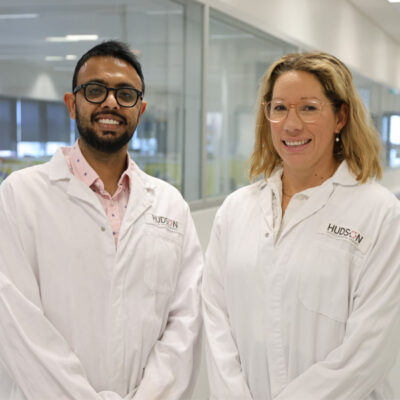Innovative clinical guide to help babies born with DSD
By Hudson Institute communications. Reviewed by Professor Vincent Harley

Boy or girl? Sometimes the answer is not straightforward.
Differences in sex development (DSDs) are complex genetically and clinically, with potentially hundreds of different causes. DSDs can make it unclear if a newborn is a boy or girl. While some causes are mild, and decisions on potential treatment can wait until the child is older, some are life-threatening. A quick diagnosis and action is ideal, but this can be problematic. Patients consistently enter a ‘diagnostic journey’ of tests.
Now, a paper published in The Lancet Diabetes and Endocrinology, by Hudson Institute researchers Professor Vincent Harley and co-workers, Dr Nayla Leon and Dr Alejandra Reyes, contributes a new clinical guide to assist with these difficult decisions. From a systematic survey of DSD cases, a single tool was produced, a decision-tree, which can streamline diagnosis.
Clinical geneticists Dr Leon and Dr Reyes developed the decision-tree together with Professor Harley. Dr Leon and Dr Reyes drew upon experiences they gained in Mexico City while working with large numbers of DSD children.
The step-by-step guide will assist specialists involved in teams who encounter newborn babies with ambiguous genitalia. Through enabling faster diagnosis, the worldwide clinical guide will improve decision-making and, therefore, the future quality of life for many children and their families.
Science meets clinic
As DSD is a complex condition that is difficult to diagnose, the management and treatment for patients can be hindered. Over the past six years, scientists have identified variations in 40 genes that are related to DSD.
Professor Harley said this is vital information that can be used to improve DSD diagnosis and decide on whether and when to treat these babies.
“We have developed an algorithm, or decision-tree, based on comprehensive evaluation of scientific literature. It can help with the diagnosis of as many as 40 different types of DSD – and will have the ability to expand due to emerging genetic technologies,” he said.
DSD facts
Around one per cent of babies are born each year with a DSD, where genetic, hormonal or physical sex characteristics (genitals, gonads and chromosomal patterns) are not typically male or female.
Journal | The Lancet Diabetes and Endocrinology
Title | A clinical algorithm to diagnose differences of sex development
View publication | https://doi.org/10.1016/S2213-8587(18)30339-5
In this article
About Hudson Institute
Hudson Institute’ s research programs deliver in three areas of medical need – inflammation, cancer, women’s and newborn health. More
Hudson News
Get the inside view on discoveries and patient stories
“Thank you Hudson Institute researchers. Your work brings such hope to all women with ovarian cancer knowing that potentially women in the future won't have to go through what we have!”





